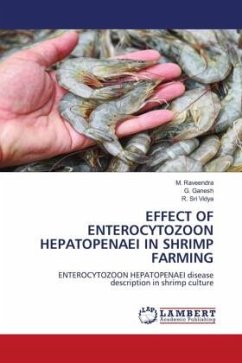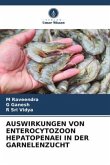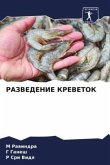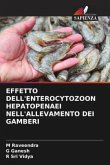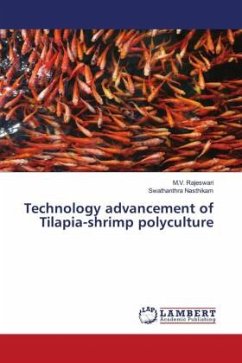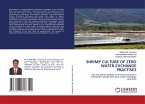Aquaculture is an industrial process of raising aquatic organisms up to final commercial production within properly partitioned aquatic areas, controlling the environmental factors and administering the life history of the organism positively. The 'Art' of aquaculture is very old. The evidence that Egyptians were probably the first in the world to culture fish as far back as 2500 B.C. come from pictorial engravings of an ancient Egyptian tomb showing tilapia being fished out from an artificial pond. The Romans are believed to have reared fish in circular ponds divided into breeding areas. Shrimps are generally cultured in land based ponds/impoundments. To achieve this, the ponds are initially prepared by drying and tilling to remove the pests & metabolize the organic matter & then liming to correct the pH & to keep the bottom free from microbes. Diseases are main reason for loss of productivity & culture, so its necessary to maintain disease free farms. Enterocytozoon hepatopenaei (EHP) is endemic in major shrimp farming countries affecting the economic sustainability, production and supply of shrimp in the global market. This book gives an briefing about proper culture practices.
Bitte wählen Sie Ihr Anliegen aus.
Rechnungen
Retourenschein anfordern
Bestellstatus
Storno

